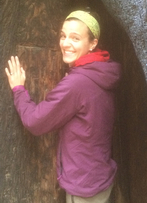 The following is a writeup by Kennan Oyen, a UWY grad student working with collaborator Michael Dillon and describes some of our integrative aspects of the NSF Mountain Bees project. I’m Kennan Oyen, A Ph.D. student in Dr. Michael Dillon’s lab. The Dillon Lab has been busy this summer! Our collaborator Jamie Strange from Utah State and USDA, along with his students, collected wild bumble bee queens (Bombus vosnesenskii) this spring and nested them in the lab. In May, we received our first batch of hives reared from wild queens collected in Southern California. With a team of undergraduates and a high school student I have been studying how these bees cope with extreme temperatures. Temperature is pervasive force across every level of biological organization, dictating biochemical reaction times and large scale patterns of biogeography. By determining how temperature affects animals, we can understand why animals live where they do and predict what is in store for them as climates and habitats change. To do this, we’ve built a setup that I fondly refer to as the “Bumble Bee Chiller.” 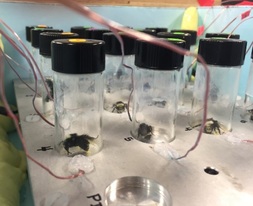 We load the bees into individual vials and test the hottest and coldest temperatures where they are no longer able to move. These temperatures are called “critical thermal limits” and they represent the most extreme temperatures our bumblebees can tolerate. Each bumble bee is placed in a vial. The vials are set into a milled aluminum block with a thermocouple (a temperature sensing wire) attached so we can monitor each bumble bee’s temperature. Once we know what the critical thermal limits are for a particular hive (that came from a certain area) we can compare bees from different places to find if their thermal limits are related to the climate of their geographic location. For instance, we might expect that bees living in Southern California can tolerate warmer temperatures than bees living in Northern Oregon, because temperatures tend to get hotter in the south. If this is true, we want to know why- maybe it has to do with the queen bumble bee and her genetic makeup, or perhaps it depends on how the bees grow up (maybe if you’re raised in cold climates you can deal with cold climates better). This is where we rely on our collaborators from the Lozier lab; they can test the bumblebee’s genetic makeup and determine how different genes might affect critical thermal limits. As our planet changes, we need to anticipate how organisms, especially important pollinators like bumble bees, will respond to these changes. Will their genetics dictate where they can live or will they be able to change as their habitat changes? These exciting questions and more will keep us busy all summer! By fall, we will have collected data from nearly 20 nests, reared from queens collected all across the west coast!
Comments are closed.
|
Lozier Lab NewsDispatches from the lab and field! Archives
March 2023
Categories
All
|
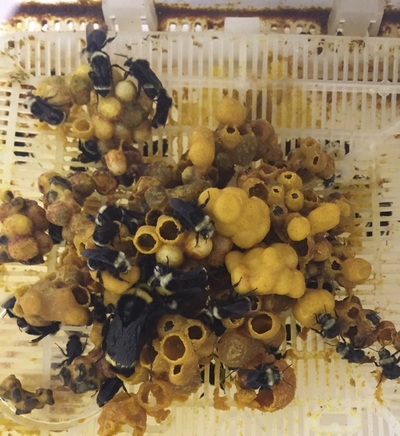
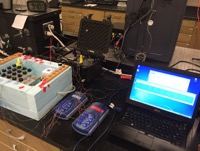
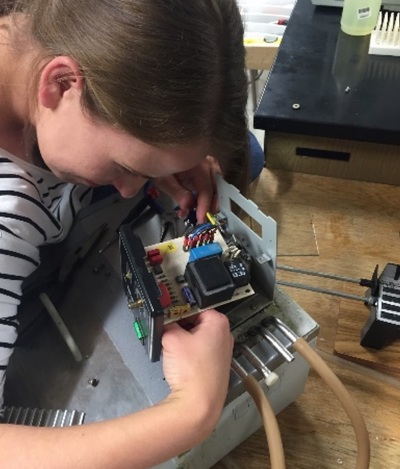
 RSS Feed
RSS Feed